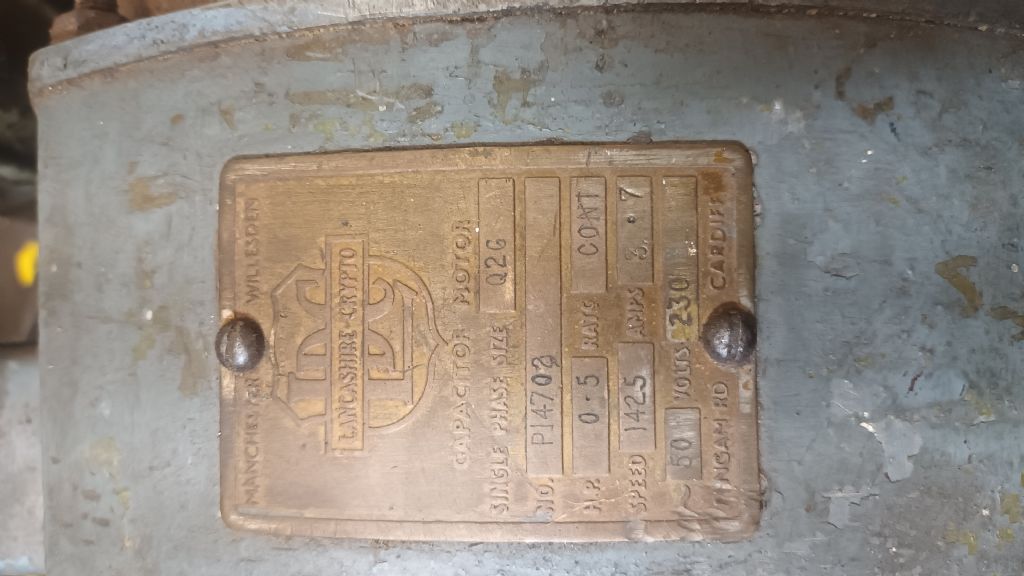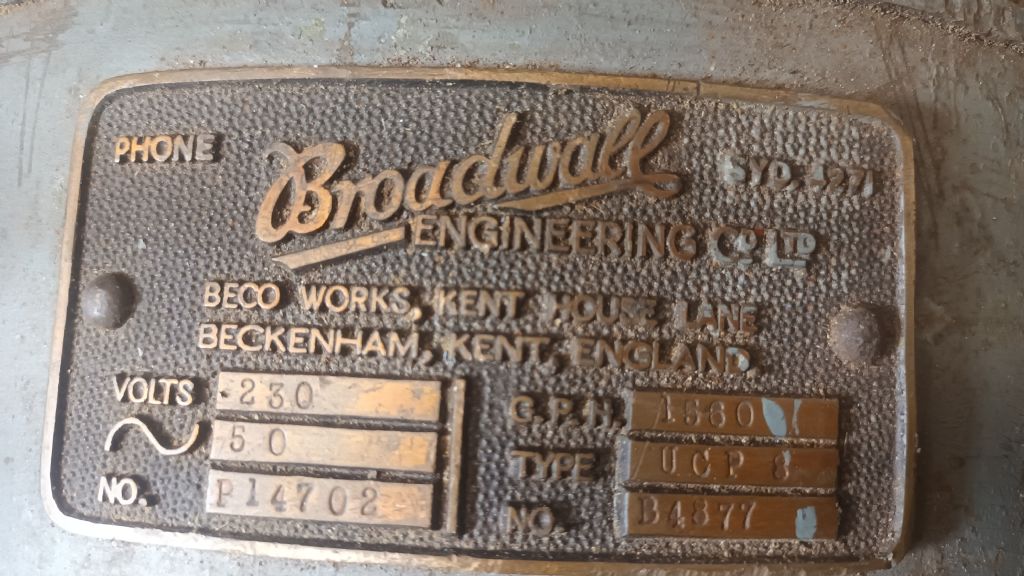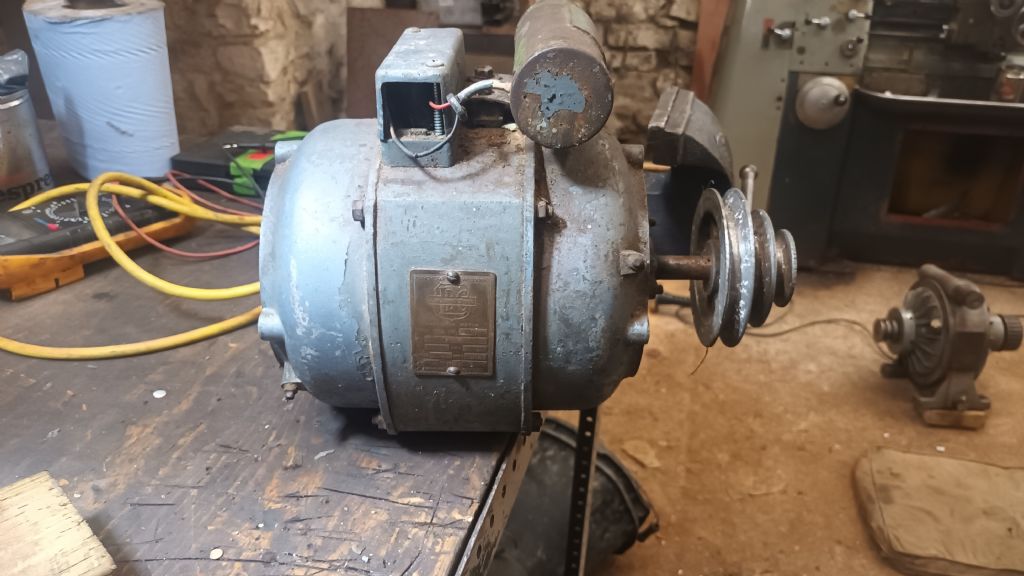Incoming supply is nominally 230 volts RMS, so peak instantaneous supply voltage as experienced by the capacitor is 1.414 times 230 volts = 325 volts as near as the model needs.
There we go again, not everyone who gives advice presents the full picture. It may be them trying to keep it simple or not actually knowing. The grid voltage is not fixed at 230V. As stated, that is the nominal voltage. It can legally be as high as 253V – which at peak voltage is close to 360V, not 325V.
Indeed, mains voltage in the UK can fall as low as 216V and still be classed as acceptable. Your real, practical supply must, by law, remain within the range of 216.2-253V. Your local transformer (particularly if you are near the end of the transmission line) supplying your grid power will have several tappings for the output voltage expected from the potential loads on that line.
Capacitors from some sources are doubtless close to the minimum specification. Just calling the the capacitor ‘230VAC’, like Dave suggests, is not necessarily the whole story. A far better metric is the maximum DC voltage that can be applied across the given capacitor – and unless the user knows that actual value, they could be purchasing an item with little or no safety factor.
Buy a non-polarity-conscious capacitor with a 450VDC rating. Buy from a reliable source. Buy cheap, buy twice.
As far as I am aware, the “start” capacitor does not make any contribution to the motor beyond that first few milliseconds at initial starting (until the switch in the motor disconnects the winding from the circuit).
I’m not an electrician, but know enough about mains voltages to be reasonably safe. Anyone who is not, would be well advised to take their issues to a specialist in the field – in this case a motor rewind business would be a good port of call.
colin hamilton.








